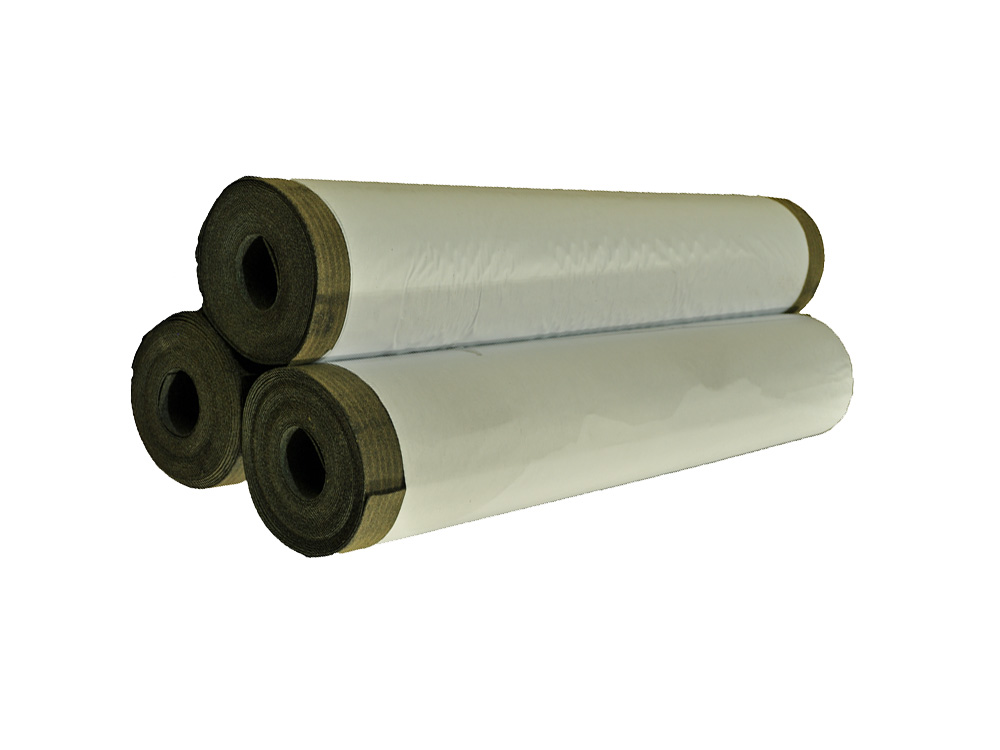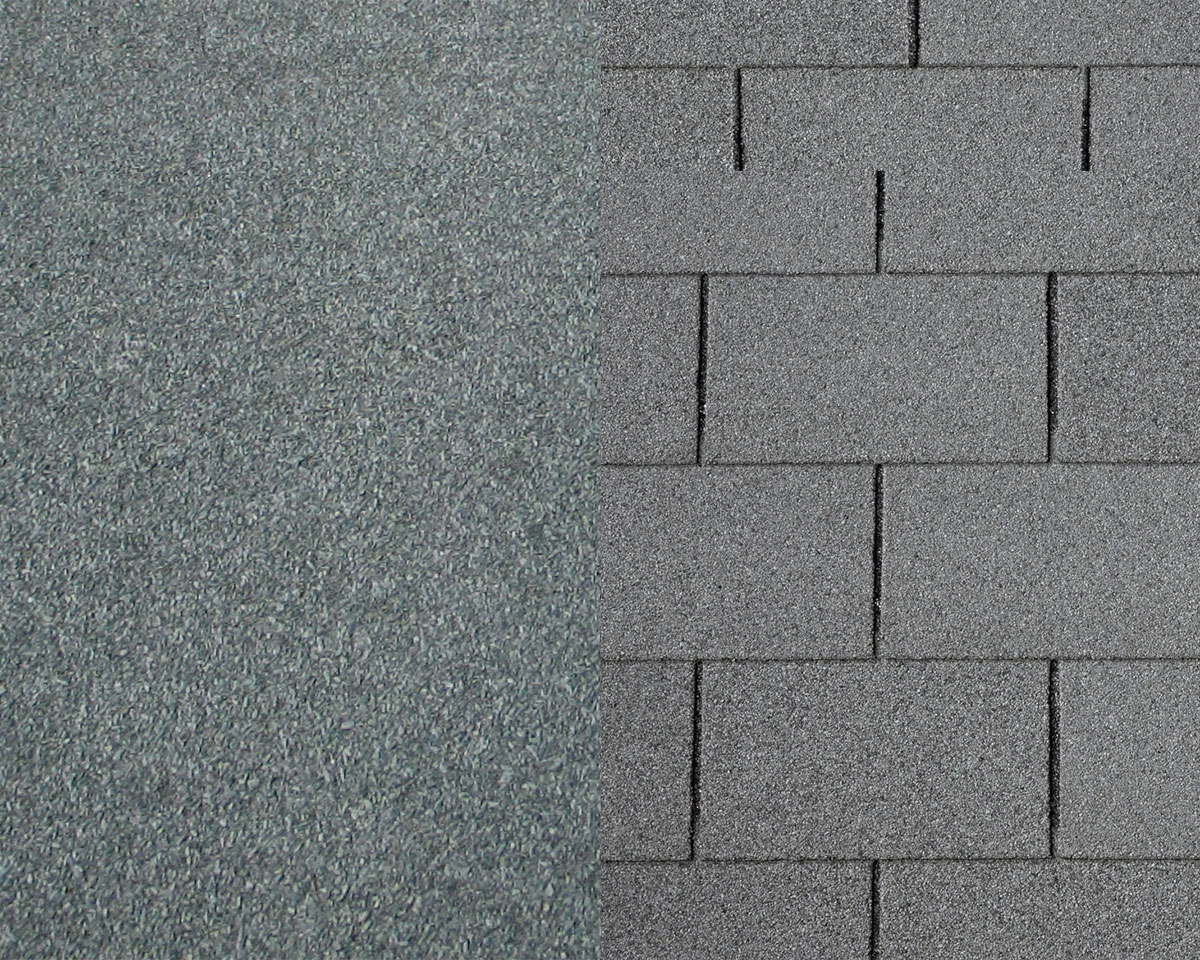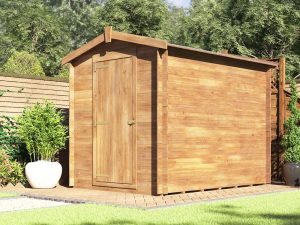It doesn’t matter how high quality your garden shed or log cabin is, or how well you build it, if you don’t have the ideal roof finish for it. Weak roof protection won’t make your garden building last the test of time. Especially with the unpredictable British weather, that rains most of the day, with the sun only coming out in intervals.
No one wants a leaky roof, wet garden furniture or oxidised tools. If you, like many, struggle to find the best roof protection for your shed and other garden buildings, you’ve come to the right place. We put two popular roof protections to the test and came up with a winner!
Today, we’ll be talking about roof felt and shingles. These roof coverings are a few of the best on the market, and for all the right reasons. Both provide good value for money, waterproofing, and don’t need to be replaced very often. Exactly what everyone wants from their roof protection, am I right?
What’s the difference between roof felt and shingles?
The difference between shingles and roof felt is down to the materials used and the process in which it is made. Roof felt is made from an advanced polyester formula, whereas shingles come from fibre based bitumen. Although shingles are higher quality than roof felt, not all garden building roof styles are suitable for shingles.
Roof Felt

Roof felt is a low-cost, high-quality roof protection option, made from a much stronger material than mineral felt. Roof felt offers additional properties which can be put down to the advanced polyester formula. Such as being thicker than mineral felt, as well as more resistant to tearing in strong winds.
Roof Shingles

Shingles are known for their decorative and protective properties. They are made from high-grade glass fibre based bitumen that gives a durable, long-lasting finish to your building’s roof. Shingles come in square/rectangular shapes.
What’s better roof felt or shingles?
Now that we know what materials both roof covering options are made from, let’s start comparing. We’ll look at a few key areas such as durability, cost, installation, and appearance.
Durability
Both roof felt, and shingles are known for their durability, but the question is: what is more durable: shingles or roof felt?
Roof felt was designed specifically for prolonged exposure to the elements due to the larger elongation at breaking point. In simple terms: the elongation at breaking point is a way of testing how resistant the material is to changes of shape without cracking. By having a material with a larger elongation, means your felt can withstand manipulation.
Bitumen shingles prevent rot from forming as they’re designed for extreme weather conditions, such as frost and torrential rain — the flexible and adjustable material benefits from ease of installation.
Roof felt, and shingles don’t require replacement very often. So, it saves you the hassle of removing and replacing them every few years.
Verdict: Even though both roof protections are designed to withstand the weather, shingles are more durable than roof felt.
Cost
Depending on your budget, you may be considering roof felt or shingles as roof protection for your garden building. If you’re on a tighter budget, roof felt may be looking like the best option and friendlier for your pocket. Roof felt is usually cheaper than shingles, though prices can vary so make sure to thoroughly research which will be a best deal in the long term.
It’s important to note that shingles are not suitable for all garden building roofs. Depending on which roof style you’re choosing, you may not be able to install shingles on it. Whereas, roof felt can be applied on all roof styles. We strongly advise that you provide some form of roof covering as it will help protect your garden building and save your belongings from being damaged.
Verdict: Purely in terms of cost, the winner is roof felt. However, if your budget and roof style allows it, why not go for shingles? Higher quality materials equal a longer lasting garden building! But don’t sweat it. Roof felt will protect your structure and belongings just as well.
Installation
When deciding which roof protection to go for, installation is a big factor in making the final decision. You’ve probably decided who’s going to install your garden building. If you’re getting a carpenter, there’s no need to worry. Just let the experts do all the hard work for you! However, if you’re DIY-ing it, then you need to know exactly how each roof protection option is installed. And of course, which one is the easiest!
Roof felt is by far less time consuming to install. Simply cut the roof felt to size and place on the roof. The felt will then need to be fixed in place using clout nails. The trick is to make sure you have a decent sized overlap every time you lay a length of felt. This ensures that rain can’t penetrate the roof.
Shingles take a bit more time to install than roof felt because of the tile-like appearance. To achieve this, you have to lay multiple tiles down staggering and overlapping each row on top of each other. In terms of difficulty, it’s not that challenging if you have basic DIY knowledge. However, it may take some time getting the hang of it, but it’ll pay off when it’s all done. The end result will astound you!
We made a video on how to install rectangular shingles.
Verdict: Purely in terms of how easy it is to install, roof felt has to be the winner. Just cut, place and secure onto the roof. And you’re done!
Appearance
There’s no doubt that shingles are much more appealing than roof felt. However tempting it is to declare shingles the winner on this occasion, let’s look into this a bit further.
As mentioned, the difference in price between roof felt, and shingles isn’t usually that big. The end results are vastly different. The shingles will give your garden building a more attractive finish and higher levels of protection from the British weather. Whereas, roof felt isn’t going to add much to the appearance of your shed or garage but will protect it from the elements nonetheless. So, if you’re not fussed about the appearance of your garden building’s roof, then both will accommodate your needs just fine.
But, if you have a very specific look in mind for your garden building including its roof, shingles will give you more customisation options than roof felt. Roof felt is essentially a waterproof barrier placed on your shed’s roof, and its sole purpose is to protect it from the weather. Shingles, on the other hand, come in many shapes and colours, such as square and rectangular. You may find them in many colours, including red, black, grey, green and brown. They offer not only high protection from extreme weather but the possibility to customise your shed’s roof according to your taste and preferences.
As mentioned, shingles are not compatible with all roof styles, so make sure you do your research before making a decision.
Verdict: Shingles are a double winner here. Not only do they offer more options to customise a roof’s appearance, but they’re also designed for extreme weather conditions.
Are shingles better than roof felt?
Shingles are better than roof felt due to the highest quality materials and long-lasting nature. Shingles not only waterproof your garden building’s roof but also offer a more attractive finish than the standard roof felt. If given the option between the two, opt for shingles.
However, roof felt is easier to install and offers a good amount of protection from the elements as well. It might not be as customisable as shingles, but it’s not a complete eyesore either. Plus, it’s not as costly as shingles and is suitable for all roof styles without any restrictions. You’re almost guaranteed that roof felt will suit your shed’s roof.
Whichever roof cover protection you end up choosing, the most significant things are:
A) Opt for roof protection that can protect your garden building. Failure to do so will make your building more susceptible to the British weather and destroy your belongings.
B) Make sure the roof protection matches your needs, budget, and garden roof style.








